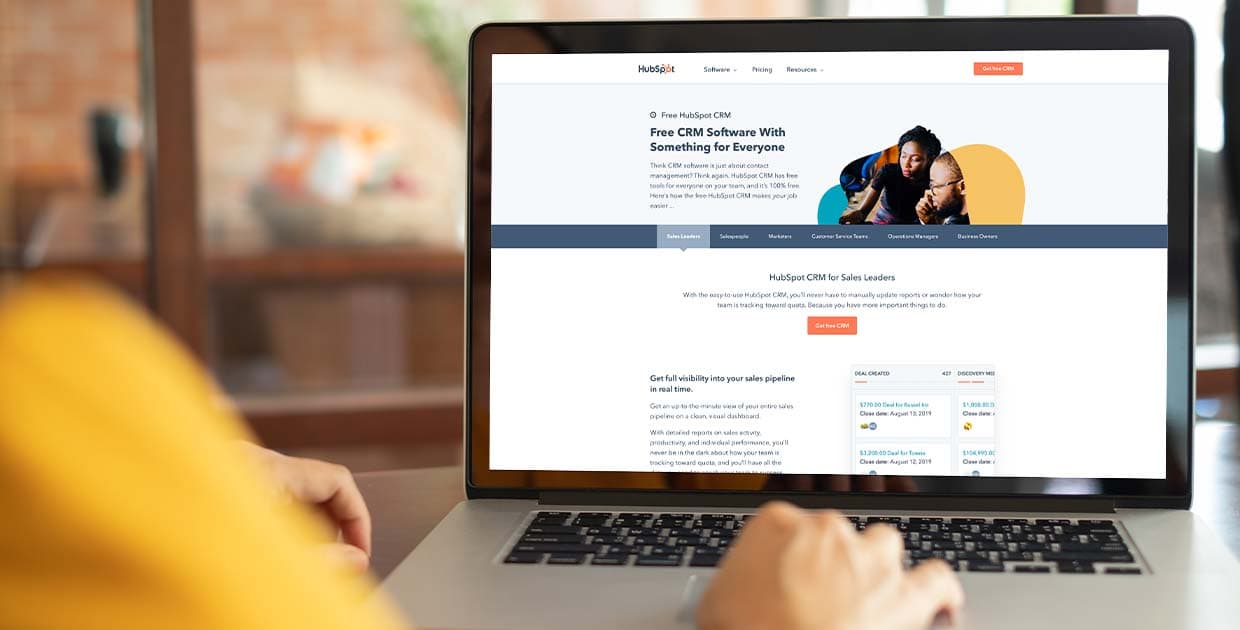Quantifying the future of remote work
Some of you may perhaps be examining this website from a household workstation you configured as initiatives ended up carried out to maintain employees secure from COVID-19. I reviewed in a recent website how these do the job-from-household arrangements characterize a sharp acceleration of a pattern that was previously beneath way right before COVID-19. But the big concern for the U.S. economic system is how a lot of jobs, and what varieties, could permanently turn into remote one hundred% of the time, even soon after an successful vaccine is sooner or later dispersed?
The remedy could have simple effects on employees, businesses, and the economic system. For instance, if tech employees can just as easily do their jobs from household offices in Toledo or Tulsa or Topeka, do Silicon Valley companies need to have large California campuses? And what would that suggest for companies that count on these a concentration of employees and for commuting designs? What would it suggest for serious estate selling prices, each commercial and residential?
Assessing the long run of remote do the job

Be aware: Information as of September thirty, 2020.
Source: Vanguard calculations, working with info from the U.S. Bureau of Labor Studies O*Net database.
Our 2018 Vanguard exploration paper The Long run of Function found that, opposite to some experiences, technologies isn’t widely creating jobs to disappear, but it is profoundly transforming almost all of them. A work is broadly the sum of its duties. Our paper examined the 41 do the job routines, or duties, that make up the almost 1,000 occupations tracked by the U.S. Division of Labor and uncovered that, due to the fact 2000, duties have widely shifted from staying simple and repetitive towards “uniquely human” duties that count on resourceful problem-fixing.
In that study, we focused on the selection of jobs needed in the long run (remedy: additional in total), with no stressing about the place those jobs ended up located and no matter whether certain kinds could be carried out remotely. But as the graphic over demonstrates, we’ve now carried out just that. We up-to-date our process framework inside the Labor Department’s universe of occupations. Now, nevertheless, we’ve scored every occupation’s connected duties on a scale of to ten for remote-do the job probable. A rating of represents a process that can not be accomplished remotely at all, when a ten represents a process that can be executed fully remotely with equal success.
We then appeared at which duties ended up critically important to a supplied work. For instance, a bartender’s do the job contains the critically important process of mixing drinks but also the not critically important process of info entry.
Last but not least, we assessed which occupations had a significant over-all remote rating between critically important duties. We come across, as you can see in the graphic, that about 15% of all U.S. jobs could be carried out remotely. While that percentage may perhaps sound small, it represents most likely above twenty million U.S. employees. That is a significant selection.
Our assessment included a conservative threshold of 60% for critically important duties, that means that some success could be “lost” with certain duties staying carried out remotely, but that 60% success was good adequate to entire the process. A bigger threshold would suggest that much less occupations and employees could permanently do the job remotely.
The initial takeaway of our remote-do the job assessment
Most likely our graphic’s most intriguing element is the significant percentage of occupations in the middle—the dots among all-remote and the pre-pandemic regular. This suggests to me that a hybrid product for the long run of do the job may perhaps emerge for a lot of of us, just one in which remote do the job may perhaps suffice for times or months at a time, but not the entire yr. Following all, when a work may perhaps be the sum of its duties, a career consists of considerably additional. There are a lot of “uniquely human” duties than a lot of occupations share these as training, mentoring, and collaboration for which entirely remote do the job may perhaps pose troubles.
In the Vanguard Financial and Market place Outlook 2021: Approaching the Dawn, which we’ll publish in December 2020, we’ll more talk about developments that may perhaps have been both accelerated (these as remote do the job) or altered by COVID-19 and evaluate their financial and market implications.
But our first browse of remote do the job, working with our info-driven framework, suggests that for a lot of of us, the long run of do the job will be like neither the past nor the current. It suggests that, for certain occupations, a hybrid product may perhaps emerge that brings together the electric power of social interaction with the flexibility of remote do the job.
Be aware:
All investing is topic to risk, like the attainable reduction of the dollars you devote.








